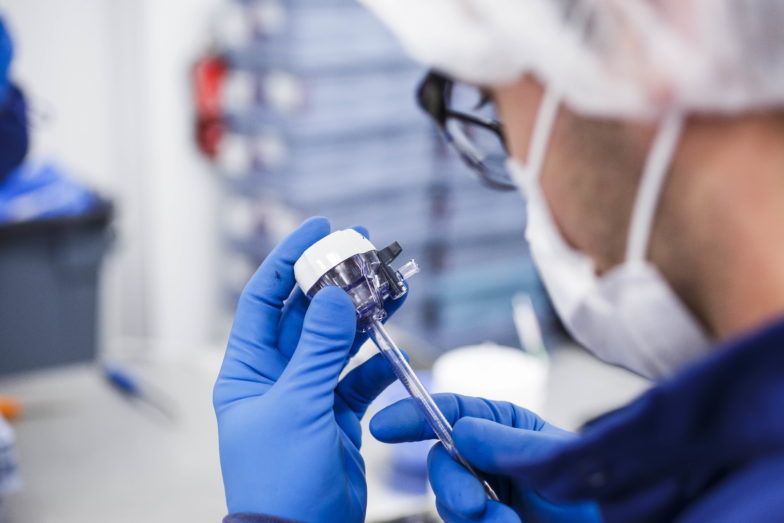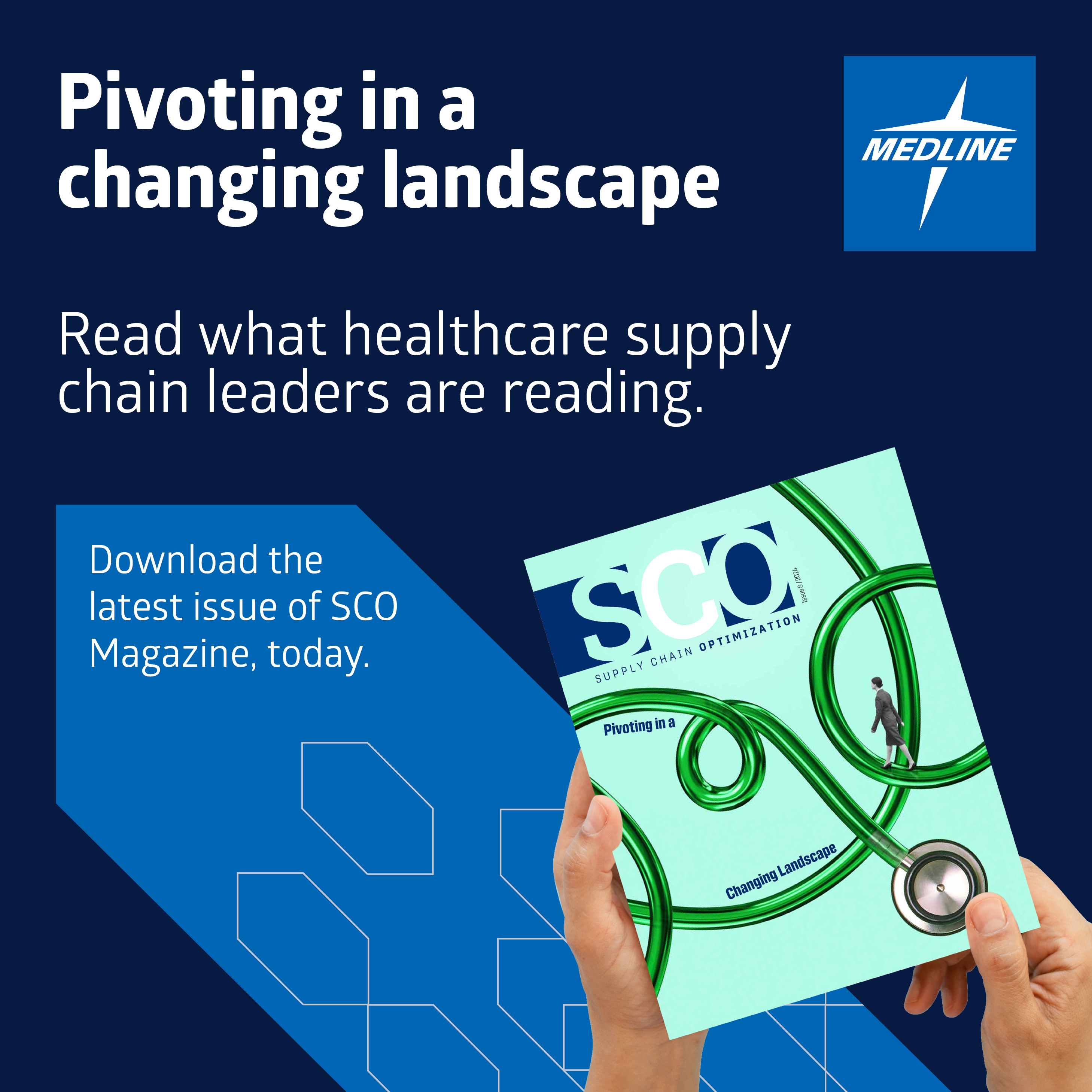Medline ReNewal: What Medical Device Reprocessing Looks Like Today

An inside look at medical device reprocessing with key insight from industry leaders
By Medline Newsroom Staff | January 6, 2020
The medical device reprocessing industry assists healthcare organizations in achieving their financial and sustainability goals by reprocessing and remanufacturing medical devices for reuse through a multistep process. This process includes validated cleaning, disinfection, and sterilization as well as end-to-end refurbishing and extensive functionality testing to ensure devices are essentially brand new.
Medline ReNewal, a division of Medline Industries, Inc., reprocesses over 5,000 different medical devices across the healthcare sector with a 99.98% quality rating. The company’s high-quality rating is attributed to its rigorous processes in which 100% of their devices are tested and inspected using U.S. Food and Drug Administration (FDA) recognized standards and a 100% safety warranty on all devices.
Medline ReNewal collaborates with and manages reprocessing programs for over 2,000 healthcare organizations. In 2018, the company reprocessed over 1.5 million medical devices in their Redmond, Oregon facility while collecting close to 200,000 medical devices per month. In this period, the company also diverted over 700,000 pounds, equivalent to 345 mid-size cars, of waste from landfills and expects to divert well over 1 million pounds in 2019. These environmental savings add up as operating rooms in the U.S. generate more than 2,000 tons of waste per day.
“Reprocessing began in hospital operating rooms and now serves all aspects of a healthcare organization’s medical device needs,” says Brian Tompkins, director of product management at Medline. “Some of the challenges of reprocessing is managing the logistics of collection and also managing the raw materials needed to reprocess devices. Every day we receive different quantities of materials that need to be sorted, and we cannot determine if a device can be reprocessed until we sort through and identify what has been collected. This process ensures that what we bring back to the market is of the highest quality and has enabled our brand to satisfy the needs of the healthcare industry.”
One of the key drivers of medical device reprocessing programs is cost savings. Using reprocessed medical devices can lower medical device costs for healthcare organizations by up to 50% while maintaining the quality providers depend upon to provide patient care.
The Association of Medical Device Reprocessors (AMDR), a global trade association representing the medical device reprocessing industry, reports that its members have seen an annual growth of 112% year-over-year for the past 20 years. Serving nearly 7,400 healthcare organizations in North America and about 1,500 in the EU, AMDR members, including Medline, saved hospitals almost $472 million last year by using reprocessed medical devices. That translates into just about 16 million pounds of medical waste diverted from landfills.
“Our association supports healthcare organizations globally by unlocking significant savings while simultaneously enacting sustainability programs that reduce medical waste,” says Dan Vukelich, president of the AMDR. “While commercial reprocessing continues its remarkable growth, we remain focused on our core goal of reducing healthcare costs through FDA regulated sustainable practices that maintain the same quality of patient care.”
With vigorous oversight from the FDA and from Notified Bodies and competent authorities in the EU, healthcare use of reprocessed medical devices has gone from initial skepticism to rapid adoption. Reprocessors have helped to advance this adoption through education, device trials, and conducting reprocessing facility tours as well as strict compliance with regulations.
Learn more about medical device reprocessing and Medline ReNewal, at Device Reprocessing and www.AMDR.org.
Medline Newsroom Staff
Medline Newsroom Staff
Medline's newsroom staff researches and reports on the latest news and trends in healthcare.
